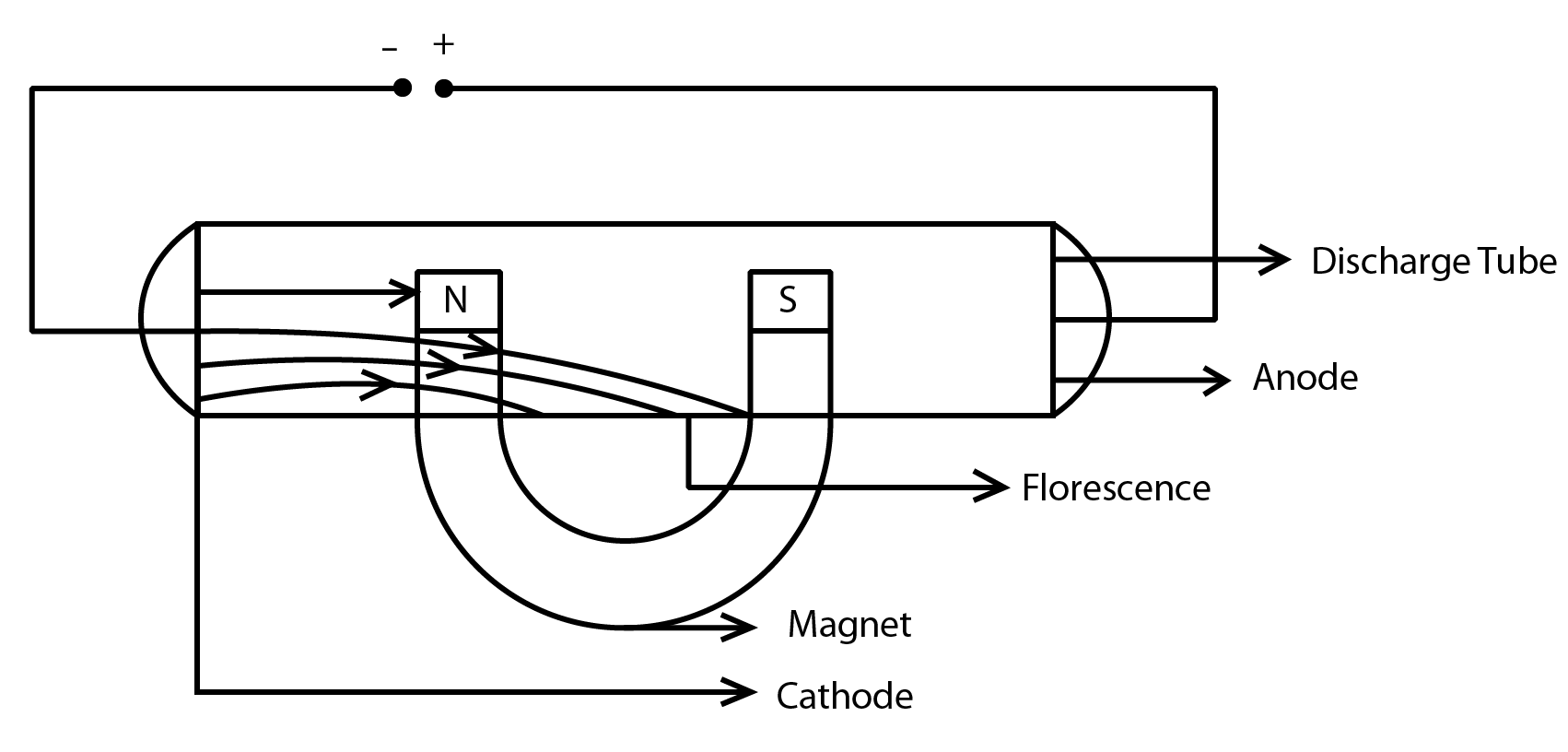CBSE Class 9 Science Chapter-4 Important Questions - FREE PDF Download
Structure of Atom Class 9 Important Questions: CBSE Science Chapter 4
FAQs on Structure of Atom Class 9 Important Questions: CBSE Science Chapter 4
1. What is the structure of an atom according to Chapter 4 of Class 9 Science?
We learned in Chapter 4 of Class 9 Science that an atom is made up of a nucleus surrounded by electrons and a nucleus made up of protons and neutrons. Electrons have a negative charge, while protons have a positive charge, and neutrons have no charge. The electrons are thought to travel in circular orbits of specified radii corresponding to discrete energy states with the nucleus at the centre in a simplified description of the atomic structure based on the Bohr model. The atom may thus be thought of as being made up of circular shells of electrons, with the lowest shell corresponding to the lowest energy state and the higher level shells having more energy.
2. Why are NCERT Solutions of Chapter 4 of Class 9 Science important along with important questions?
The NCERT Solutions are a must before every examination and they cumulatively cover all the important concepts. All the NCERT based questions follow a certain pattern and they are extremely essential as this pattern is also adhered to in the examination. Make sure you practice all the NCERT Solutions numerous times to get a good understanding of the concept and further, to leave no scope for error in your exams.
3. What is inside the atom according to Chapter 4 of Class 9 Science important questions?
There are a couple of components inside an atom according to Chapter 4 of Class 9 Science. Atoms are the fundamental components of matter. The proton, neutron, and electron are the three subatomic particles that make up the smallest unit of matter. Protons, neutrons, and electrons make up the basic structure of an atom. The mass and charge of the atoms are provided by these fundamental components. The proton and neutron make up the nucleus, with the electron circling around it. Students can learn more about this topic from Vedantu and the study material is absolutely free of cost.
4. What is Z in chemistry according to Chapter 4 of Class 9 Science?
The number of protons in the nucleus of every atom of a chemical element is known as the atomic number or proton number which has the symbol Z. A chemical element's atomic number is the only way to identify it and it makes an element unique. It is the same as the nucleus' charge number. The atomic number is also equivalent to the number of electrons in an uncharged atom.
5. What are neutrons in accordance with Chapter 4 of Class 9 Science?
Chadwick found another subatomic particle with a mass almost equal to that of a proton but no charge. It was given the name neutron later on. Except for hydrogen, all atoms have neutrons in their nuclei. In general, a neutron is denoted by the letter ‘n’. The total of the masses of the protons and neutrons in the nucleus determines the mass of an atom. Neutrons are introduced in the Chapter 4 of Class 9 Science and they are explained thoroughly in the NCERT notes.
6. What is an atom? Explain the structure of an atom as per CBSE Class 9 Science Chapter 4.
An atom is the smallest particle of matter that retains the properties of an element. According to CBSE Class 9 Science Chapter 4, an atom is made up of three subatomic particles: protons, neutrons, and electrons. Protons and neutrons are present in the nucleus at the centre of the atom, while electrons revolve around the nucleus in different energy levels or shells.
7. Describe Rutherford’s gold foil experiment in Class 9 Science Chapter 4: Structure of the Atom.
Rutherford’s gold foil experiment showed that the atom is mostly empty space. He directed alpha particles at a thin gold foil and found that most passed through, while a few were deflected. This led him to conclude that atoms have a small, dense nucleus at the centre, which contains positively charged protons, and the electrons orbit around it.
8. What is the difference between atomic number and mass number? Explain with an example from Class 9 Science Chapter 4.
The atomic number is the number of protons in an atom's nucleus and determines the element’s identity. For example, in Class 9 Science Chapter 4, carbon has an atomic number of 6, meaning it has 6 protons. The mass number is the sum of protons and neutrons in an atom’s nucleus. For example, Carbon-12 has a mass number of 12 because it has 6 protons and 6 neutrons.
9. What are isotopes? Provide examples from CBSE Class 9 Science Chapter 4.
Isotopes are atoms of the same element that have the same atomic number but different mass numbers. This happens because they have the same number of protons but a different number of neutrons. For example, Carbon-12 and Carbon-14 are isotopes of carbon, where Carbon-12 has 6 neutrons, and Carbon-14 has 8 neutrons.
10. Explain the Bohr model of the atom as described in Class 9 Science Chapter 4: Structure of the Atom.
The Bohr model suggests that electrons revolve around the nucleus in fixed orbits or energy levels. According to CBSE Class 9 Science Chapter 4, each orbit has a specific energy, and electrons can jump from one orbit to another by gaining or losing energy. This model helps explain the stability of atoms and their spectral lines.




















 Watch Video
Watch Video














